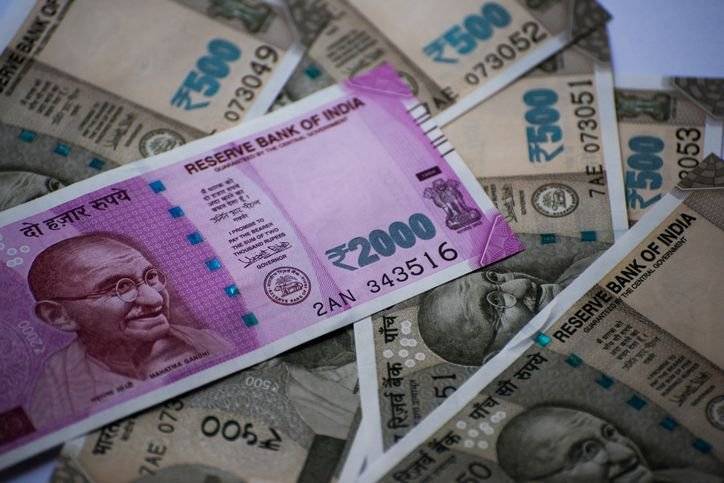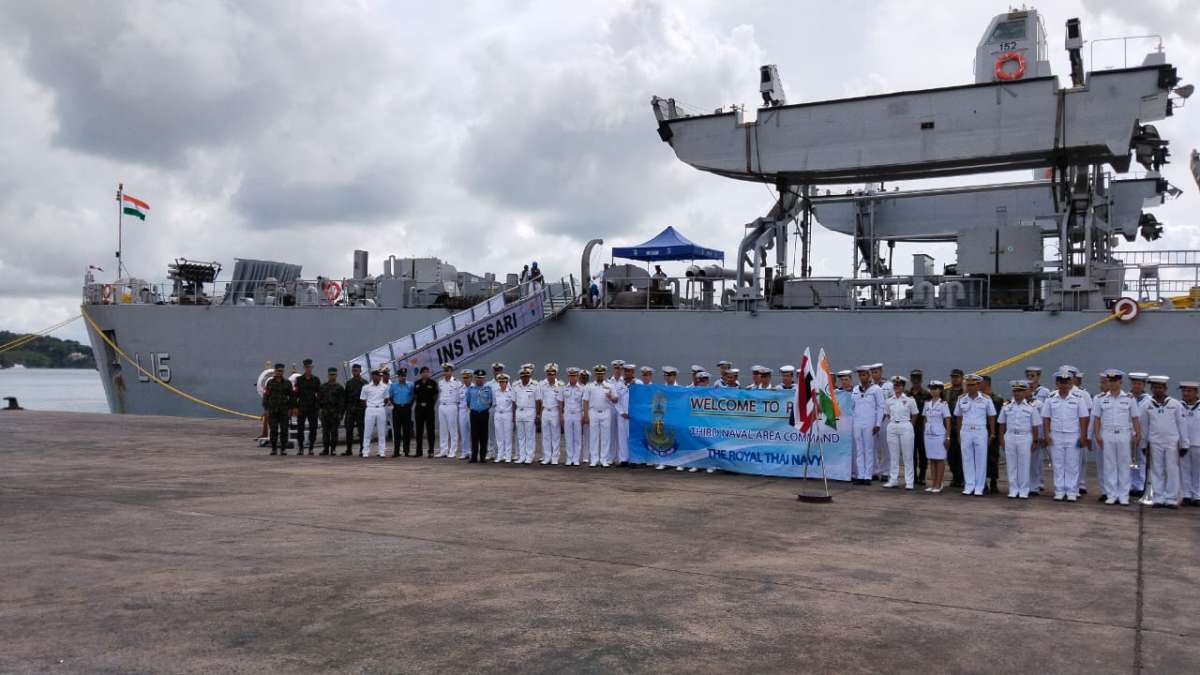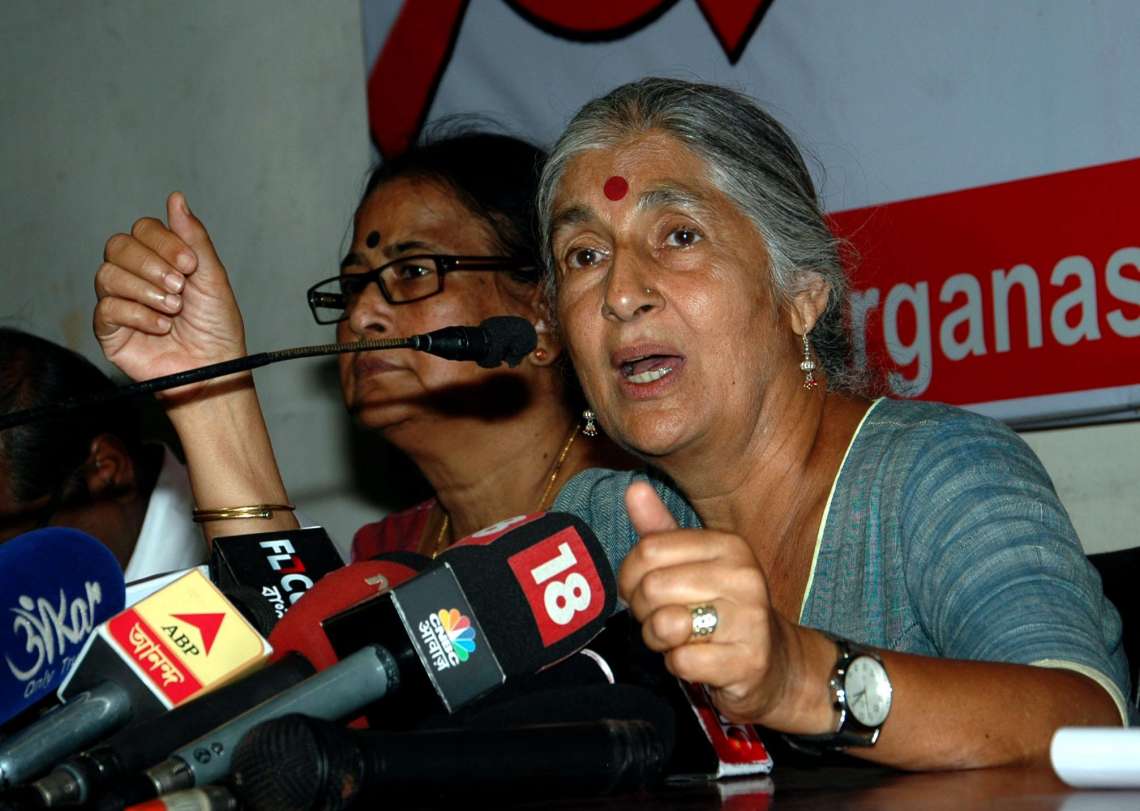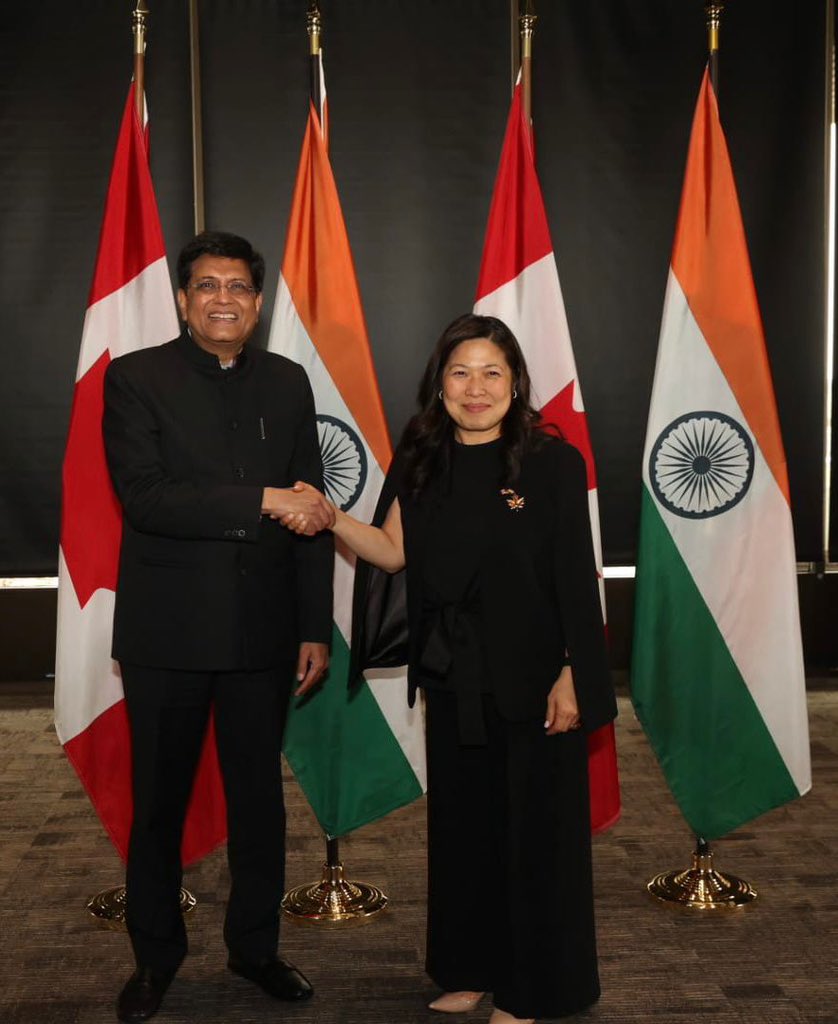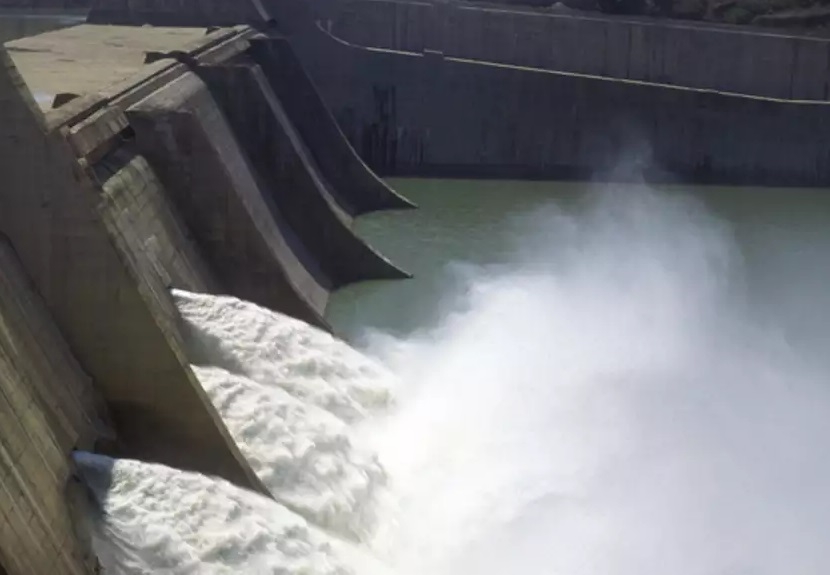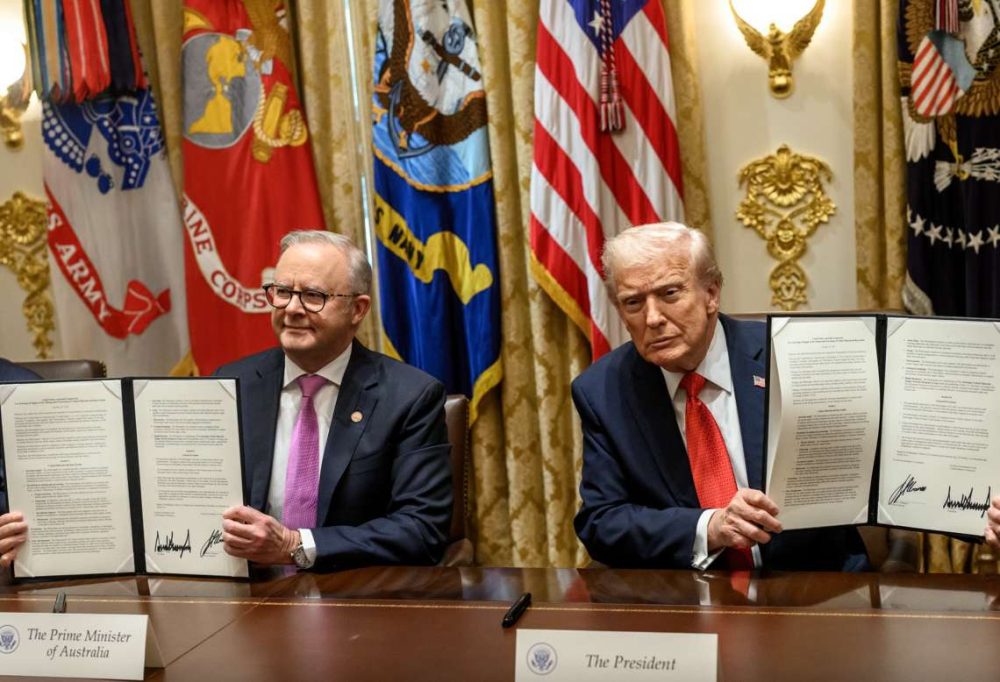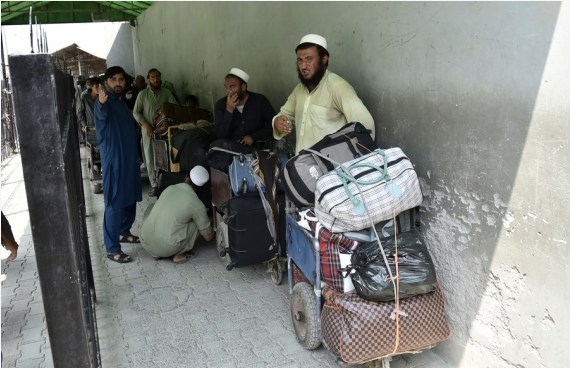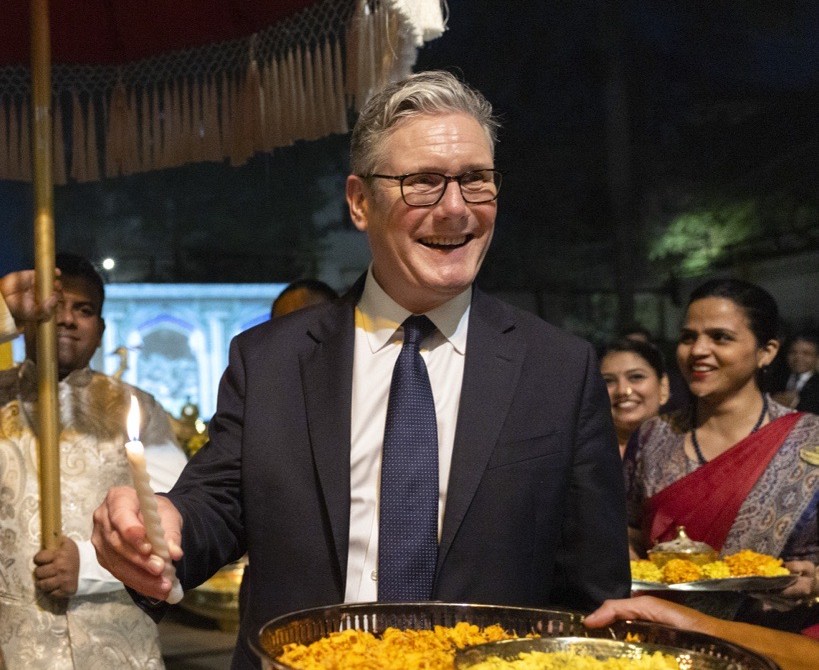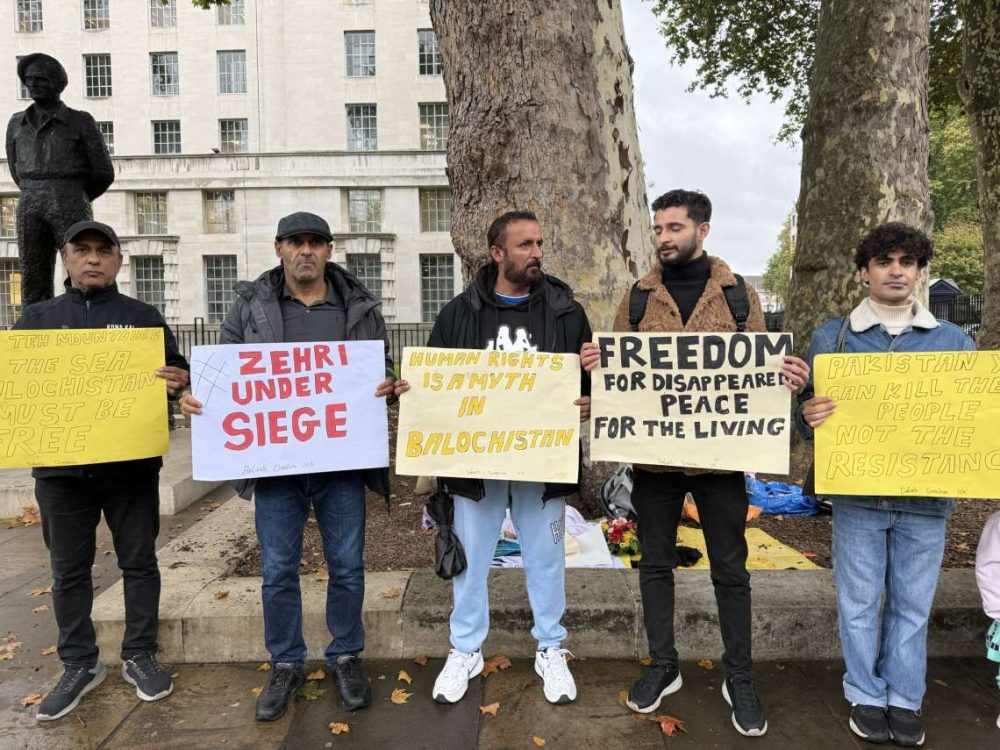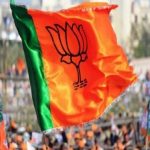Ajay Sahai, director general and CEO, Federation of Indian Export Organisations (FIEO) said that the two sides are closely working on ironing out the issues…writes Mahua Venkatesh
Sanction-hit Russia may use its accumulated Indian currency for investments in government securities or even through foreign direct investment for greenfield or brownfield projects besides expanding bilateral trade as New Delhi and Moscow aggressively look at ways to make the rupee-ruble payment mechanism work. Extensive talks are on between the two countries to thrash out a more permanent solution for this payment structure.
“There are some issues with rupee trade. These teething problems are natural but discussions are on and we are looking at this (the rupee-ruble payment structure) as a long term system and not just to skirt the sanctions,” Sanjeev Sanyal, Member, Economic Advisory Council to the Prime Minister, told India Narrative.
Russia is also keen to increase imports from India.
Ajay Sahai, director general and CEO, Federation of Indian Export Organisations (FIEO) said that the two sides are closely working on ironing out the issues. “Work on this is on and we will reach some solution soon. Expanding trade between the two countries is also on the radar..there are multiple other options by which Russia can use the rupee which has piled up,” Sahai said, adding that economic engagements with Russia will only deepen in the future.
Earlier, Reuters in a report said that negotiations between the two countries on the payment mechanism had been halted.
“As for rupees, this is a problem because there are billions of rupees accumulated in accounts at Indian banks and we need to use this money,” Lavrov told reporters in India on Friday. “For this, rupees should be converted into other currencies. This is being discussed,” Russia’s Foreign Minister Sergei Lavrov recently said.
India’s oil imports from Russia have steadily increased in the last one year. According to energy cargo tracker Vortexa, New Delhi imported 1.68 million barrels a day (mbd) of crude from Moscow in April – 4 per cent higher than 1.61 mbd in March. Russia is now the largest crude oil supplier of India.
As part of the sanctions, Russian banks and companies have also been disconnected from SWIFT — the international payment mechanism. With the SWIFT payment system being cut off, several countries including India and China have aggressively embarked on an exercise to boost non dollar trade and internationalise their own currencies.
As the Reserve Bank of India (RBI) is already taking measures to internationalise the rupee, it has given its nod to foreign banks in 18 countries to open Vostro accounts to payments in the Indian currency.
India is also looking at a similar payment arrangement in rupee with Iran — also under US led sanctions.
(India Narrative)


